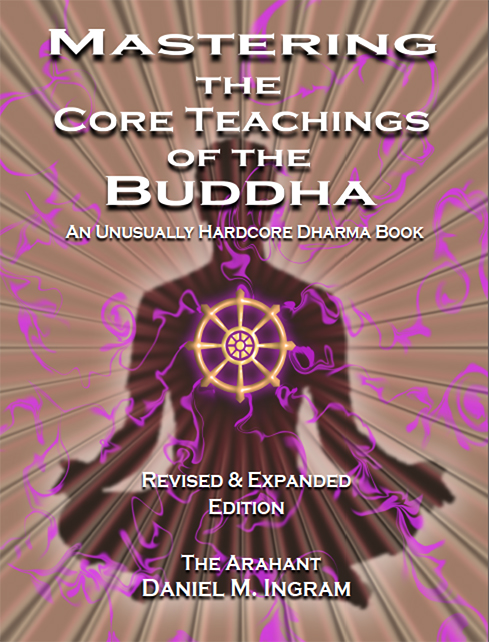Towards Contemporary Models
← Final Points | 38. Integration →
Somewhere along the way I got a two-year masters degree in Epidemiology and a medical doctor degree, so that training and spending most of the last decade or so working in hospitals caring for usually acute care patients has given me a lot more perspective on how extremely complicated the human organism is, physiologically and psychologically. The models we use for both disease and health in medicine are vast. In contemporary Western or allopathic medicine, we are currently mostly concerned with pathology: what has gone wrong. The number of things that can go wrong is simply mind-blowing, well beyond the capacity of any one person to know. The known and relatively well-understood disease processes in all their depth and detail, along with their complicated treatments, are too numerous and varied for anyone without a perfectly photographic memory and a ton of time to read.
There is still much we simply don’t know about why things go wrong and what to do about them. This is in a field that has been given literally trillions of dollars’ worth of attention over the last century by countless researchers and clinical practitioners, not to mention drug companies, device manufacturers, etc. Just mastering the medical terminology takes years and there are always new terms and diseases to look up when you encounter the exotic, such as extremely obscure genetic disorders or typically non-human animal pathogens that decided to feed on humans anyway (with apologies to anyone reading this in the Fear stage).
The field that this book mostly concerns itself with is the mind gone very, very right, with difficult phases like the Dark Night—which can be compared to post-operative rehab after hip replacement surgery—being the obvious qualifier. The amazing things we can learn to do and clearly perceive with our minds, the profound transformations of consciousness, the extremely rare experiences we can have in the far upper strata and profound depths of the world of our minds and bodies during meditation, and the perception alterations and realignments that these sorts of practices can produce, are also similarly vast. It is a real tragedy that we have inherited such small, narrow, linear, unsophisticated, cookie-cutter models from the past and tried to cling to them as if they were the be-all and end-all of what is possible descriptively, terminologically, and experientially.
It would be strange in modern medicine to refer to everything through the system of “the four humors” (black bile, yellow bile, phlegm, and blood) that was used in the days of Hippocrates and down through to the Renaissance and beyond. It is just as weird to me to have only eight jhanas, sixteen stages of insight, four paths, and a few odds, ends, and qualifiers in the Theravada to try to describe the vast range of meditative, spiritual, and perceptual development and exploration. The other Buddhist traditions don’t add all that many additional terms when compared with the vast range of experiences and transformations available to living practitioners today.
This is a problem I am going to point out much more than solve, as its solutions will require a very sophisticated and intelligent conversation of the sort that led to the standardization of medical terminology. I believe that the solution involves a collaboration of committed and experienced dharma practitioners having long-term, deep, careful, thoughtful, nuanced conversations, instead of one single person trying to superimpose his or her own idiosyncratic terms and concepts on something that deserves much better than that. It will be beneficial to refrain from simply whitewashing the ancient models and building extensions to them, as I don’t believe that they all hold up in the very dogmatic and simplified way that people usually think they do.
I believe that the place to start is the bare phenomenology, meaning what can be described about our direct raw experiences and shifts of perspective, and then slowly figure out the underlying biochemistry and physiology of what we are actually doing to ourselves, in the way that the work of descriptive naturalists, anatomists, and microbiologists later converged with that of biochemists, neurophysiologists, geneticists, etc., to form the system we currently have for describing and treating disease. I can only imagine what will have occurred on this front in a hundred years, and just as we now look back at the work of the microbiological giants like Louis Pasteur, Robert Koch, and so on, with some mixture of nostalgia and amazement at how far we have come, just so, I hope that in a century we are looking back on primitive books like this one and marveling that we were ever so naive and simple-minded regarding how we thought about and described meditative and perceptual development.

